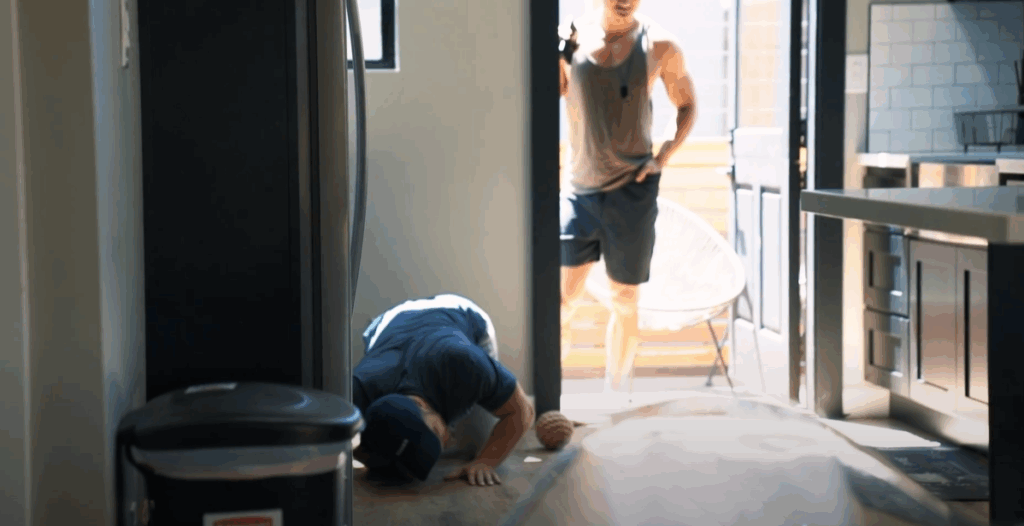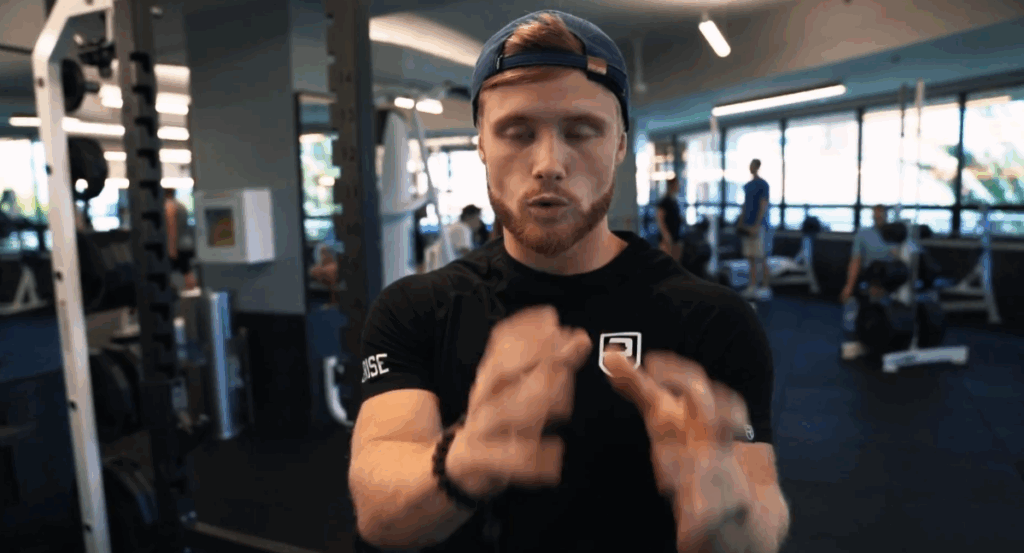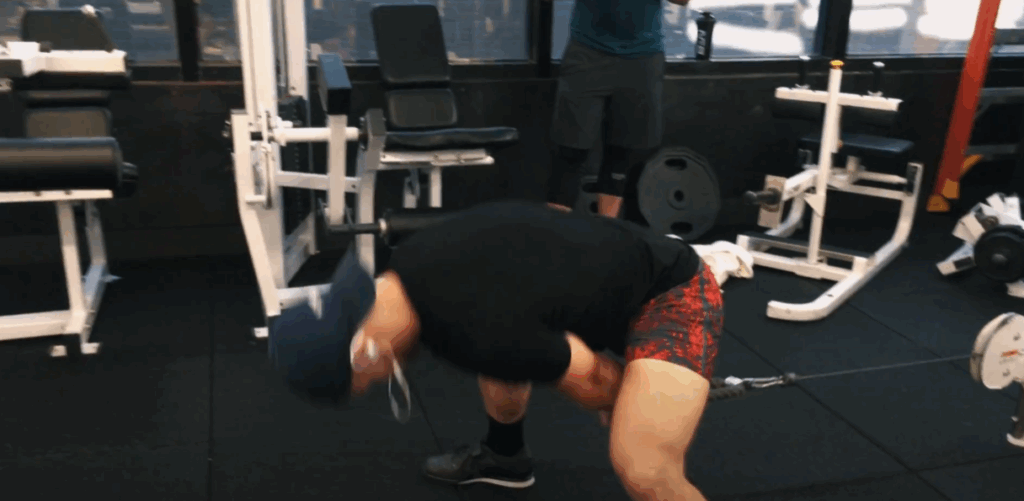As a seasoned coach with two decades of experience in the fitness trenches, I’ve seen countless trainees cycle through different training philosophies, chasing the next big thing. From powerlifting to hypertrophy, the key to long-term success isn’t just about what you do in the gym, but how you structure your training over time. This isn’t about the latest fad; it’s about a sustainable, intelligent approach to building muscle and strength.
My own training journey has evolved significantly. While I previously focused on a more traditional strength-focused routine, my current phase incorporates a dynamic effort day to manage fatigue while still driving progress. For those early in their journey, a simple, consistent progressive overload is all you need. You’ll make linear gains for the first 6 to 18 months by consistently adding weight or reps. But once those easy gains slow down, your programming needs to get more sophisticated. This is where periodization comes in—structuring your training into distinct blocks that focus on different goals. For example, you might have a week focused on strength, followed by a week emphasizing hypertrophy (muscle growth), to avoid overtaxing your nervous system and to stimulate growth from multiple angles.
Let’s dive into an example of an advanced leg day, which showcases this kind of multi-faceted approach.

A Hypertrophy-Focused Leg Day Breakdown
My recent leg session was designed to build size and strength while also prioritizing form and technique. Here’s a look at the workout, complete with my thought process and some key takeaways.
1. Box Squats (5 sets of 2 reps)
I started the session with box squats. This isn’t a typical high-rep bodybuilding movement. The goal here wasn’t to chase a pump, but to refine my mechanics and develop explosive power. By using a box, I’m forced to control the descent and ensure I’m hitting the same depth every single time—just at or slightly below parallel. The brief pause on the box helps eliminate the stretch reflex, forcing me to generate all the power from a dead stop. This also serves as a great way to manage fatigue. By sticking to sets of two, I get the benefit of heavy weight and explosive movement without the systemic stress of a high-rep squat session. The key is to explode off the box as powerfully as possible, focusing on a strong, dynamic concentric phase. I worked up to 335 lbs for this particular session.
2. Leg Press (3 sets of 10 reps)
Next, I transitioned to a more classic hypertrophy movement: the leg press. This machine allows you to load the quads and glutes with heavy weight in a controlled manner, but it’s not without its risks. On my second set, my lifting belt dug into my ribs, causing a sharp pain. This is a crucial lesson: a lifting belt is for bracing your core, not for supporting your back on a machine. The seated position of a leg press makes a belt largely unnecessary, and as I learned, can even be counterproductive. On a leg press, focus on maintaining a neutral spine and pushing through your heels and the balls of your feet to engage the right muscles.
3. Dumbbell Romanian Deadlifts (3 sets of 12 reps)
After hitting the quads, I moved on to a staple hamstring exercise: dumbbell Romanian deadlifts. I prefer dumbbells here because they allow for a slightly different range of motion than a barbell, which can provide a deeper stretch in the hamstrings. The focus is not on lifting a heavy weight but on the quality of the movement. I concentrate on pushing my hips back and keeping a soft bend in my knees, lowering the dumbbells straight down while keeping them centered over my mid-foot. The dumbbells should be close to your legs throughout the movement. The key is to feel the tension in the hamstrings; if you feel it primarily in your lower back, you’re not doing it correctly.

4. Leg Extensions (3 sets of 15-20 reps)
To really isolate the quads and create metabolic stress, I performed leg extensions. This is a great finisher for the quads. Instead of just cranking out reps, I used an extended set approach. I did 15 reps, paused for a two-second count, and then pushed out another five reps to completely exhaust the muscle. This kind of intensity is what forces adaptation and growth.
5. Cable Pull-Throughs (2 sets of 10-20 reps)
I finished the workout with cable pull-throughs, an excellent exercise for targeting the glutes. It’s similar to a hip thrust but with a much quicker setup. The form is straightforward: start with your hips back, letting the cable pull through your legs to get a deep stretch in the glutes. Then, explode forward, squeezing your glutes as hard as you can at the top of the movement. Think of it like trying to pinch a coin between your butt cheeks. This ensures you’re getting maximum contraction and a powerful mind-muscle connection.
Fueling Your Performance: Nutrition and Supplements
Training hard is only one part of the equation; proper fueling is just as vital. For my pre-workout meal, I typically grab something simple but effective. On this particular day, a trip to Whole Foods resulted in a classic bodybuilder’s plate: grilled chicken, potatoes, and green beans. This combination provides a good mix of protein and easily digestible carbs to fuel the workout without causing digestive distress.
When it comes to supplements, I have a few go-to choices to enhance my training. My pre-workout stack is a mix of two products:
- Alpha Mean: This is my go-to for a clean energy boost. It contains a blend of caffeine and L-theanine. This combination provides focus and energy without the jitters or crash associated with high-dose caffeine. I typically use two scoops, giving me 250 mg of caffeine.
- High Volume: This is a non-stimulant pump product. It contains L-citrulline, which helps increase blood flow to the muscles, leading to a better pump and improved performance. I use about two and a half scoops to get my dose of 4-6 grams of L-citrulline.
Mixing these two allows me to customize my pre-workout experience. I get the focus from the Alpha Mean and the pump from the High Volume, a perfect combination for a high-intensity, hypertrophy-focused session.
My post-workout nutrition is just as important. I always grab a high-quality protein source, like a protein bar or a shake, to kickstart the muscle repair and recovery process. My current favorite is a frozen protein bar that tastes incredible, making post-workout fueling a treat.

The Dynamic Duo: A Bodybuilding Partnership
I was also joined by a friend, Rashawn, who’s been considering competing in men’s physique. This highlights the value of having a training partner or a coach. I’ve been encouraging him to commit to a six-to-eight month bulk followed by a four-month cut. A good coach provides accountability, an outside perspective, and a structured plan. We’ve talked about a coaching package where we could team up and guide him through the entire process. He’s got a great base, and with a focus on adding more width to his physique, I believe he could do very well. The journey is always easier when you have a team in your corner.
This kind of holistic approach—thoughtful training, strategic nutrition, and intelligent supplementation—is how you build a lasting, impressive physique. It’s about consistency, smart planning, and being in tune with what your body needs to grow and recover. What aspect of your training could use a more thoughtful approach?



